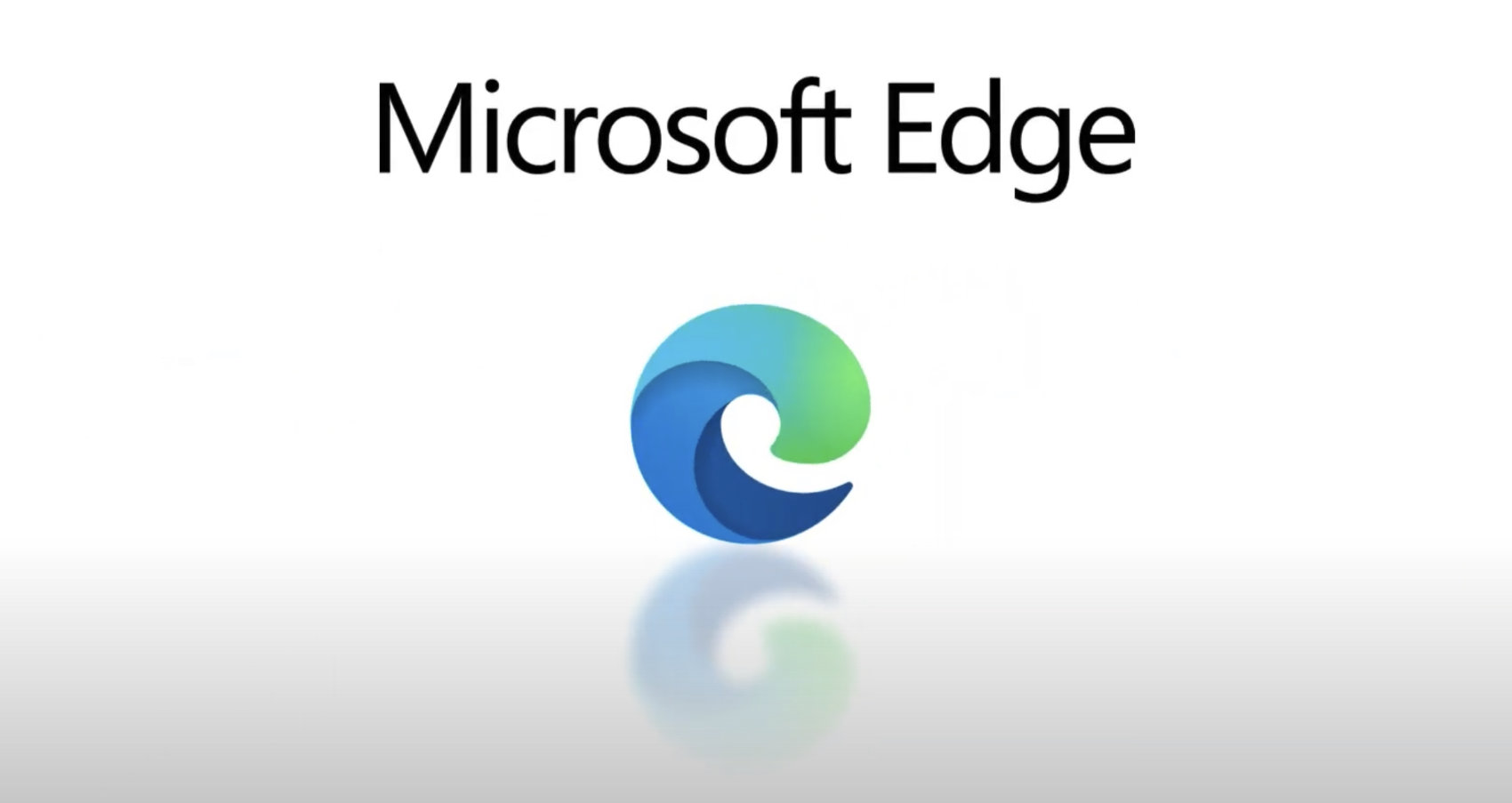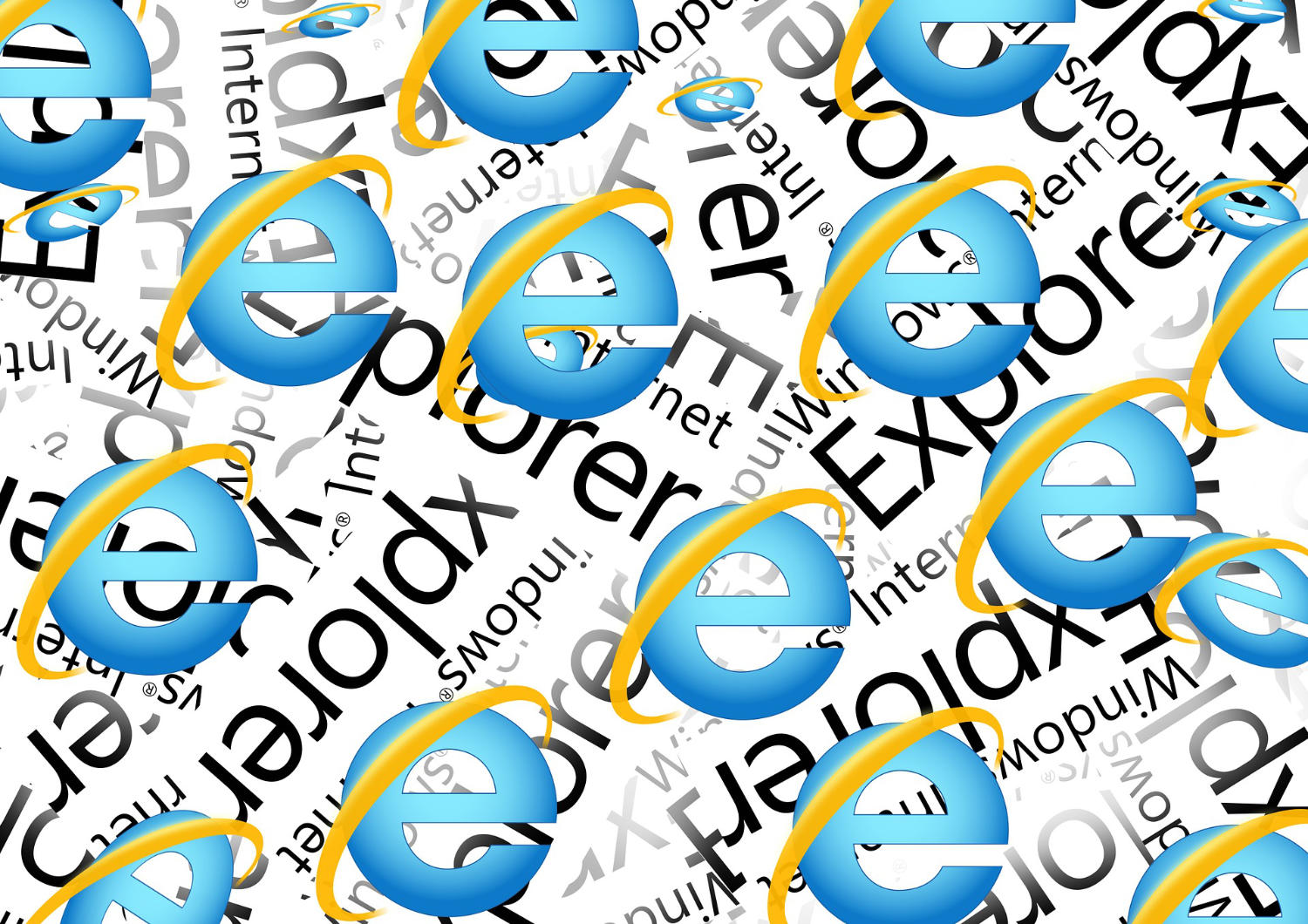Manjaro Linux Cinnamon has chosen Vivaldi as its default browser, ousting Firefox.
Vivaldi is a popular web browser based on the Chromium rendering engine, the same engine that powers Google’s Chrome. The company was co-founded by the co-founder and former CEO of Opera software, Jon von Tetzchner, and its browser is designed to appeal to power users, as well as Opera users.
Manjaro is one of the more popular Linux distros, and is based on the Arch distro. One of Manjaro’s strengths is its focus on ease-of-use, making it a good choice for those just breaking into the Linux world. Manjaro Cinnamon is a version of the distro that ships with the Cinnamon desktop environment as the default, instead of Gnome, KDE or Xfce.
According to Vivaldi CEO Jon von Tetzchner, Manjaro’s co-CEO made the decision to include Vivaldi as the default.
To give Vivaldi more of the attention it deserves, I decided to include it as the default browser in our popular Cinnamon Community Edition. With its remarkable browsing speed, exceptional customizability and especially the way it values user privacy, Vivaldi for me is a perfect match for Manjaro Linux.
The announcement is good news for Vivaldi, and another setback for Firefox.



